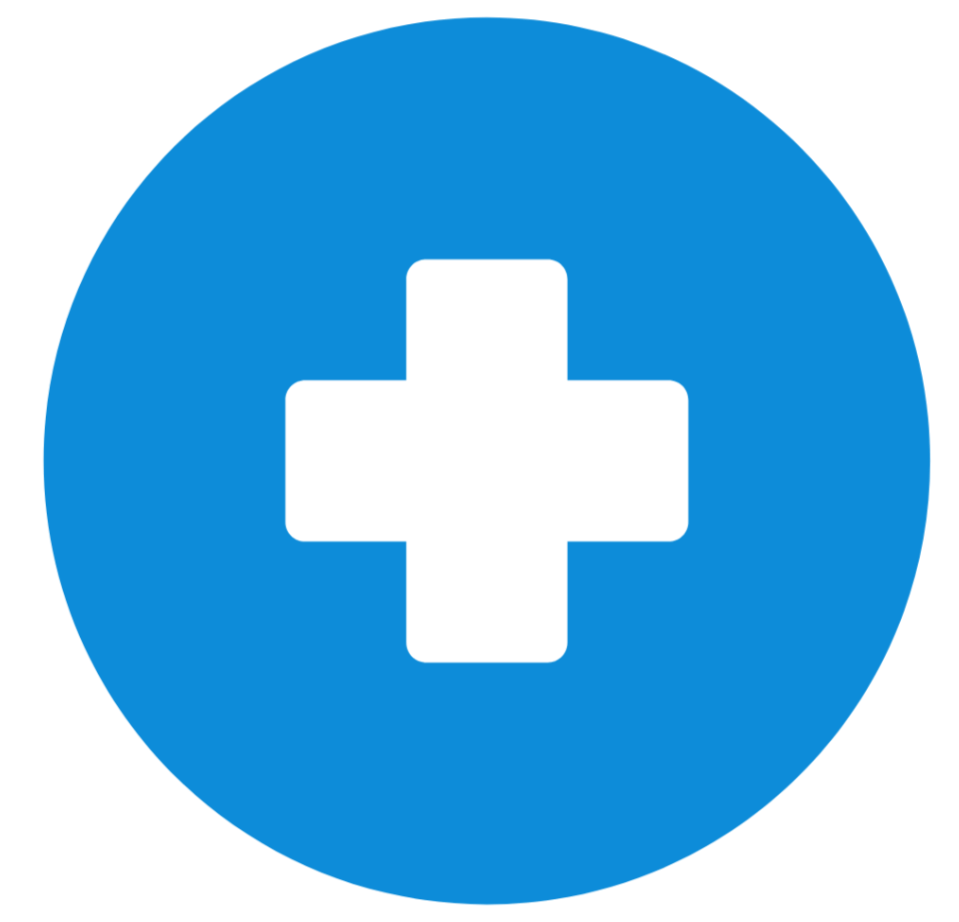Heart Attack or Cardiac Arrest? What's the Difference?
- Blue Healthcare Training Centers

- Mar 9
- 3 min read
Updated: Mar 15
Understanding the Critical Differences and How to Respond in an Emergency

Heart Attack or Cardiac Arrest? What's the Difference?
Understanding the distinction between a heart attack and cardiac arrest is crucial, as they are two separate medical emergencies requiring different responses. Recognizing the signs and knowing how to act can save lives.
What is a Heart Attack?
A heart attack, or myocardial infarction, occurs when blood flow to a part of the heart muscle is blocked, typically due to a buildup of plaque in the coronary arteries. This blockage prevents oxygen-rich blood from reaching that section of the heart, leading to potential damage or death of heart tissue if not promptly treated.
Symptoms of a Heart Attack:
Chest pain or discomfort, often described as pressure, squeezing, or fullness
Pain or discomfort in one or both arms, the back, neck, jaw, or stomach
Shortness of breath
Nausea or vomiting
Lightheadedness or dizziness
Cold sweat
It's important to note that while these are common symptoms, they can vary, and some individuals, especially women, may experience atypical signs such as fatigue or indigestion-like discomfort.
What is Cardiac Arrest?
Cardiac arrest is a sudden loss of heart function, leading to an abrupt cessation of blood flow to the brain and other vital organs. This event is usually caused by an electrical malfunction in the heart that results in an irregular heartbeat (arrhythmia). Without immediate intervention, cardiac arrest can be fatal within minutes.
Symptoms of Cardiac Arrest:
Sudden collapse
No pulse
No breathing
Loss of consciousness
Cardiac arrest often occurs without warning and requires immediate medical attention.
Key Differences Between Heart Attack and Cardiac Arrest
Cause: A heart attack is a "circulation problem" caused by a blockage in the arteries supplying blood to the heart muscle. In contrast, cardiac arrest is an "electrical problem" where the heart's electrical system malfunctions, leading to an irregular heartbeat or stopping it altogether.
Occurrence: During a heart attack, the heart usually continues to beat, although its function may be impaired. In cardiac arrest, the heart stops beating effectively, and blood flow to the body ceases.
Symptoms: Heart attacks often present with specific symptoms like chest pain and shortness of breath, whereas cardiac arrest typically occurs suddenly, with the individual collapsing and losing consciousness without prior warning.
Immediate Actions to Take
If You Suspect a Heart Attack:
Call Emergency Services Immediately: Do not delay seeking medical help.
Keep the Person Calm: Encourage them to sit down and rest to reduce the heart's workload.
Administer Aspirin: If the person is not allergic and is conscious, have them chew and swallow an aspirin to help prevent further clotting.
Monitor Closely: Be prepared to perform CPR if the person loses consciousness and stops breathing.
If You Witness Cardiac Arrest:
Call Emergency Services Immediately: Time is critical.
Begin CPR: Start chest compressions hard and fast in the center of the chest at a rate of 100 to 120 compressions per minute.
Use an AED: If an Automated External Defibrillator is available, follow its instructions promptly.
Continue CPR: Keep performing CPR until professional help arrives or the person starts to move.
The Importance of CPR and AED Training
In cases of cardiac arrest, immediate CPR and the use of an AED can significantly increase the chances of survival. Bystanders equipped with these life-saving skills can make a profound difference in emergency situations.
At Blue Healthcare Training Centers, we offer comprehensive training courses such as Heartsaver® CPR AED and Basic Life Support (BLS). These classes are designed to equip you with the knowledge and confidence to act swiftly and effectively during cardiac emergencies.
Register for a Heartsaver® CPR AED or BLS class at Blue Healthcare Training Centers today to learn more about cardiac arrest and life-saving measures.
For more information and to enroll, visit our website: Blue Healthcare Training Centers
Sources:
By understanding the differences between a heart attack and cardiac arrest, you can be better prepared to respond effectively in emergencies, potentially saving lives.
Note: This information is for educational purposes and should not replace professional medical training.
Do you know the difference between a heart attack and cardiac arrest?
Yes, I understand the difference
I have a general idea but could learn more
No, I thought they were the same thing
Not sure, but I’d love to take a CPR class to find out!
Learn CPR for adults, children, and infants with Blue Healthcare Training Centers! Enroll today!




Comments